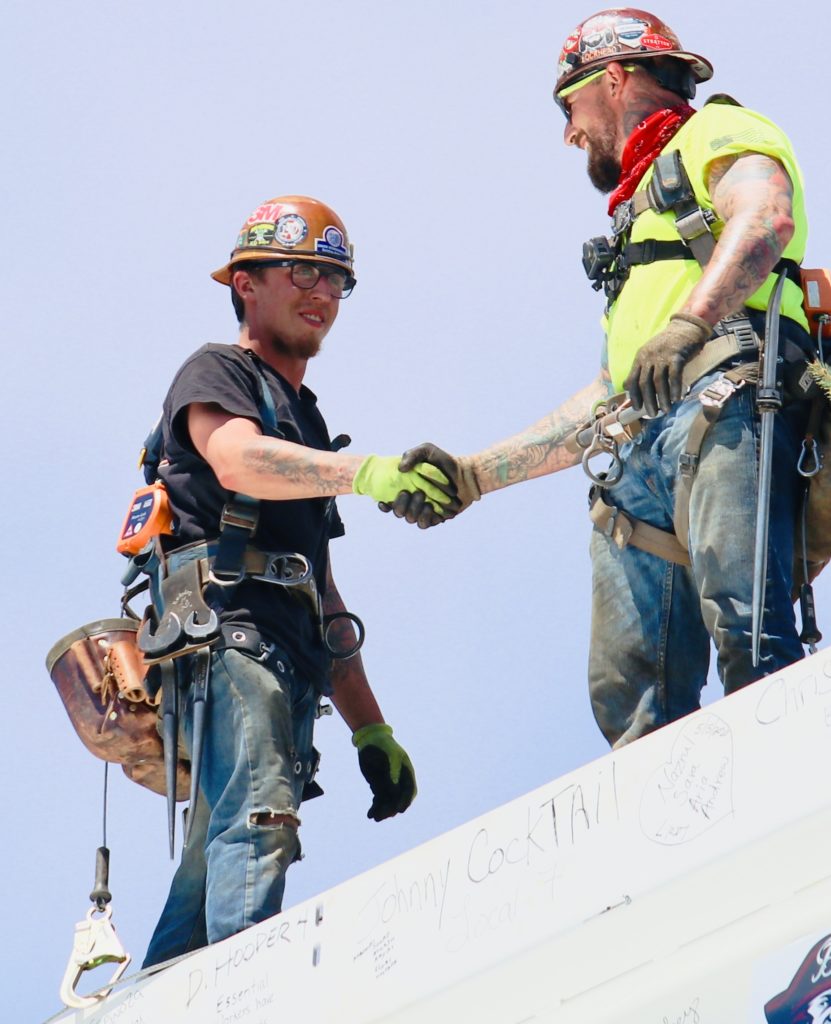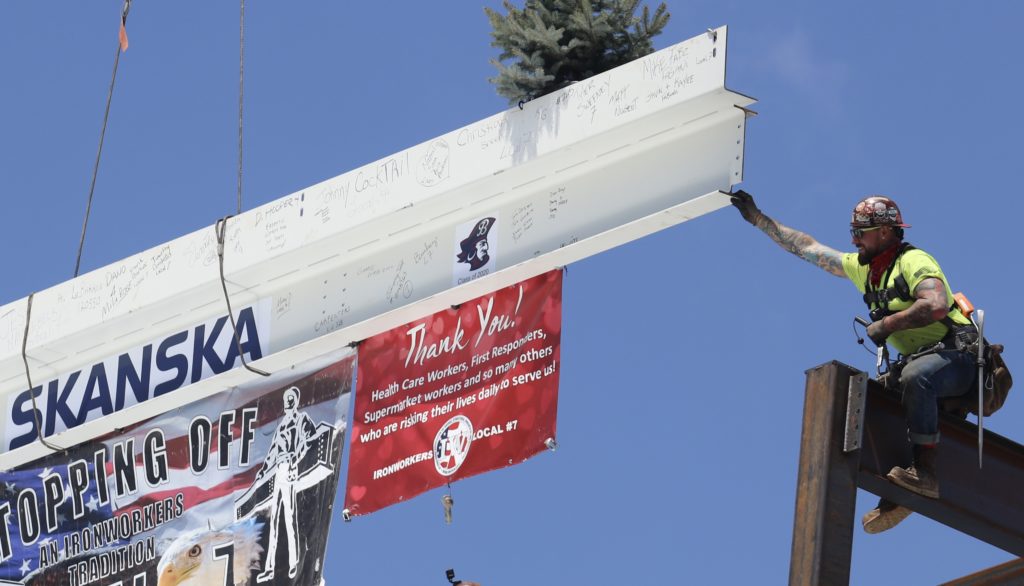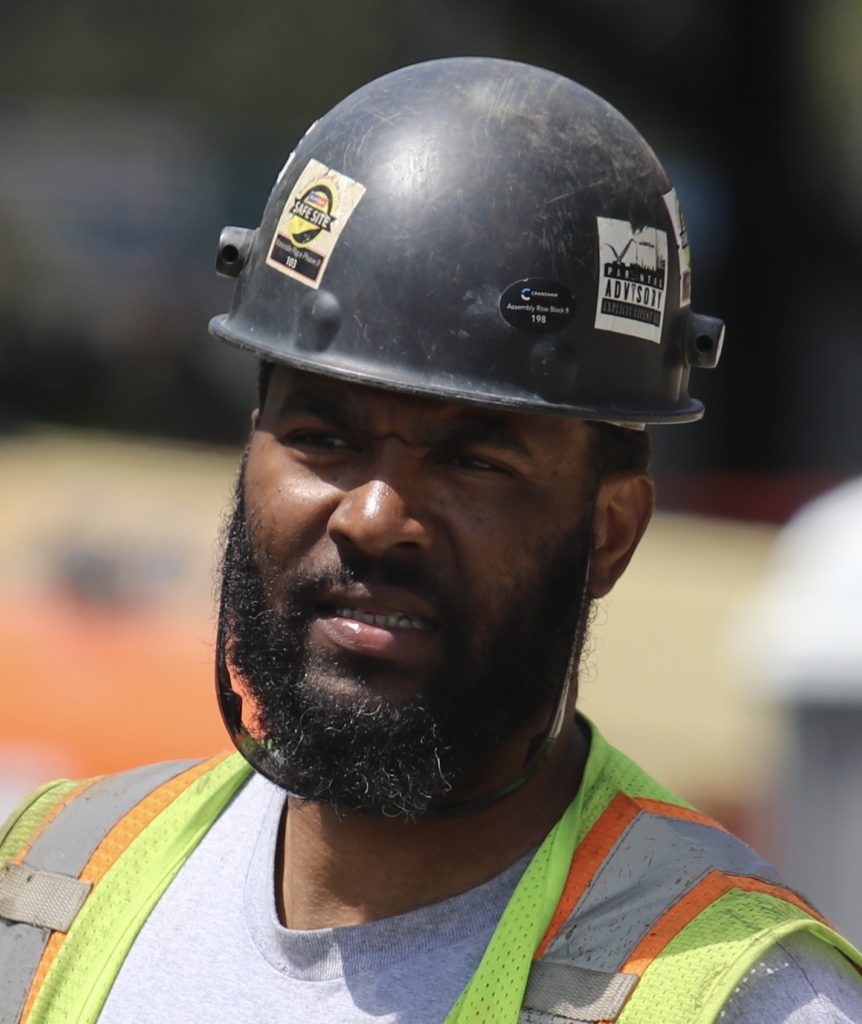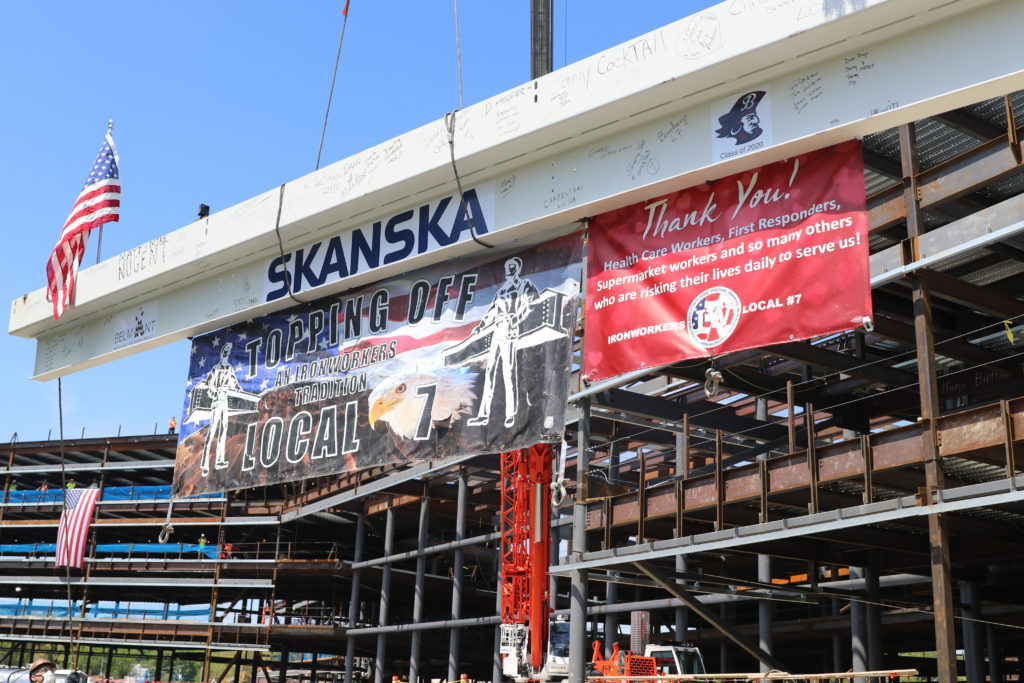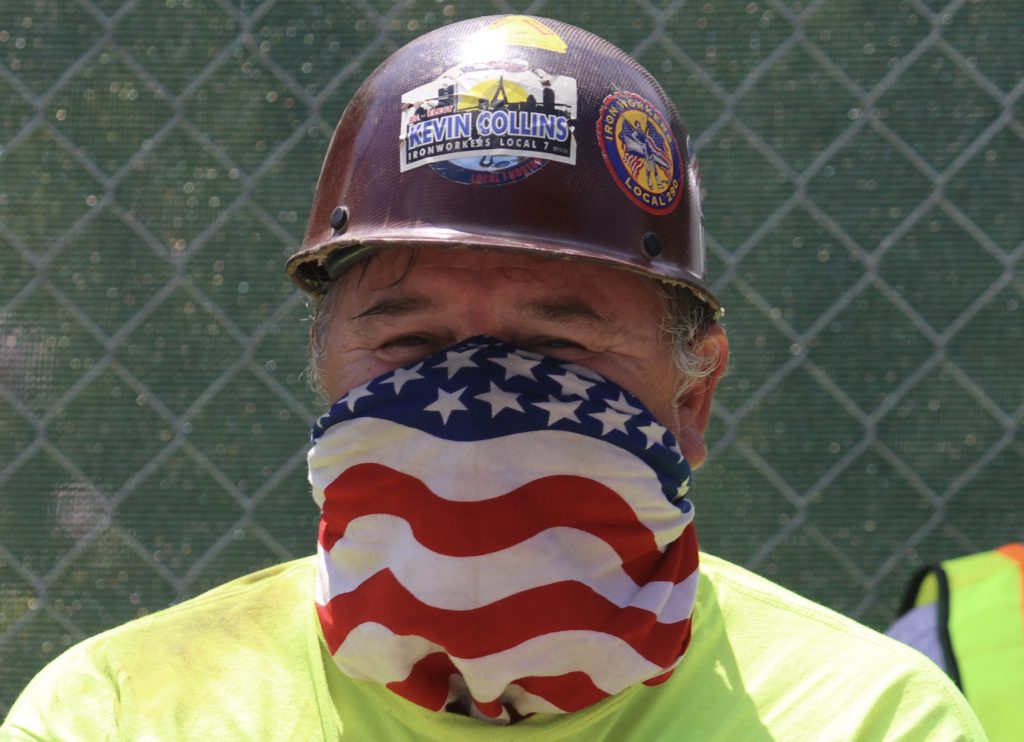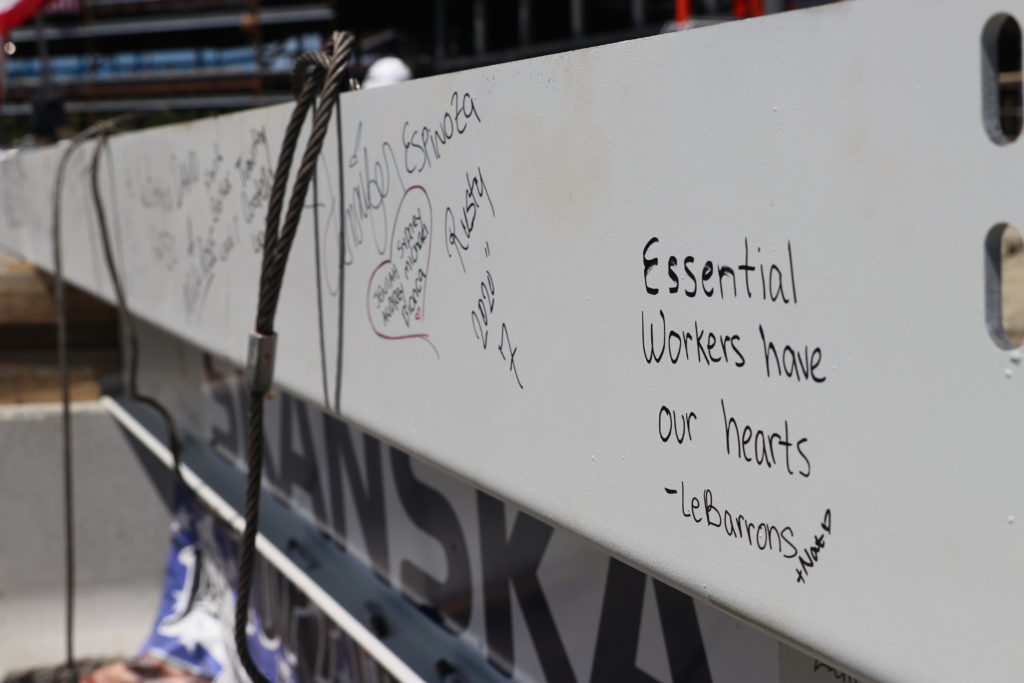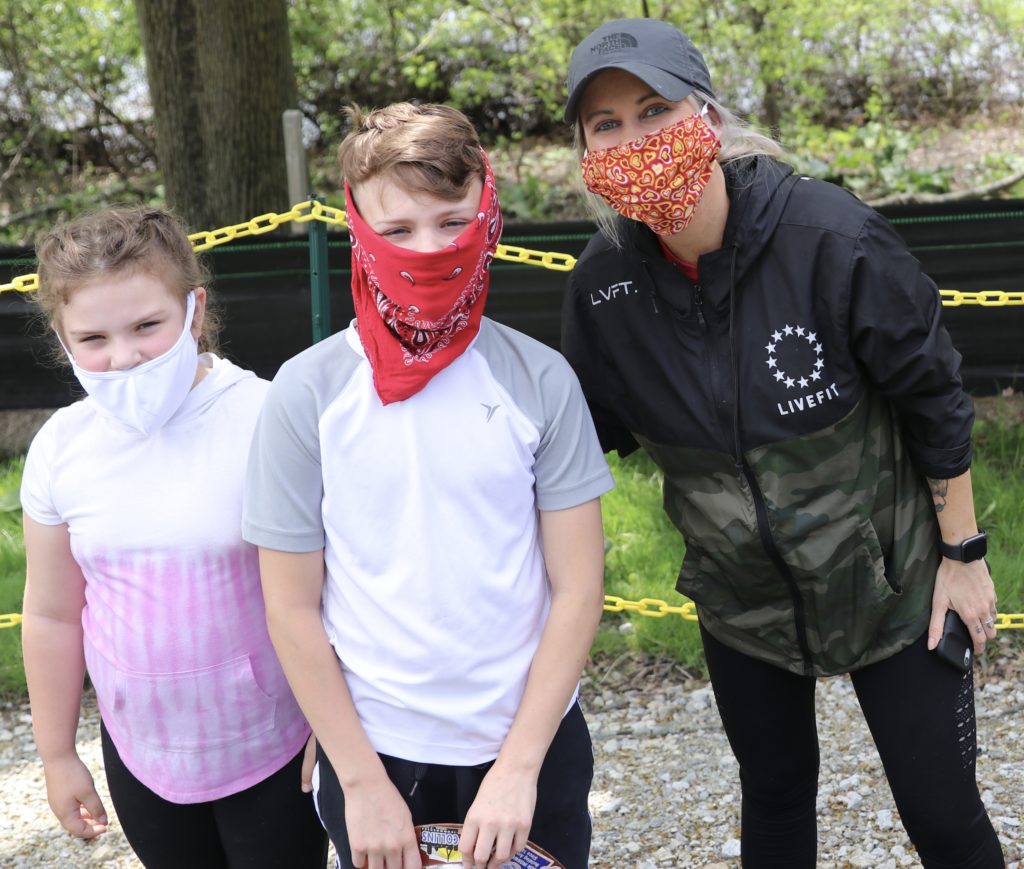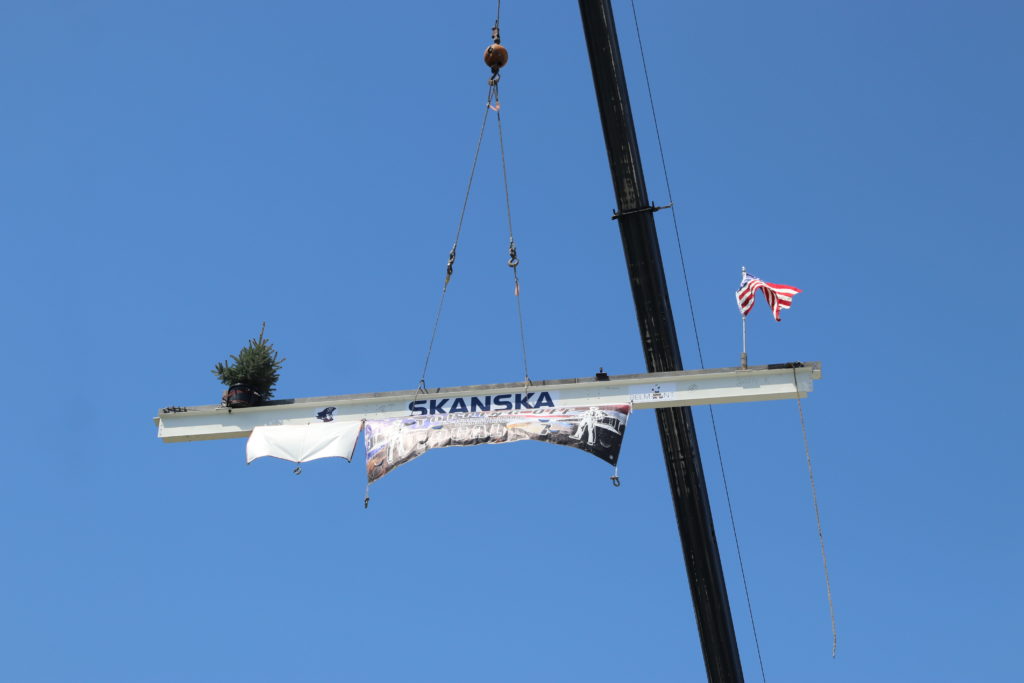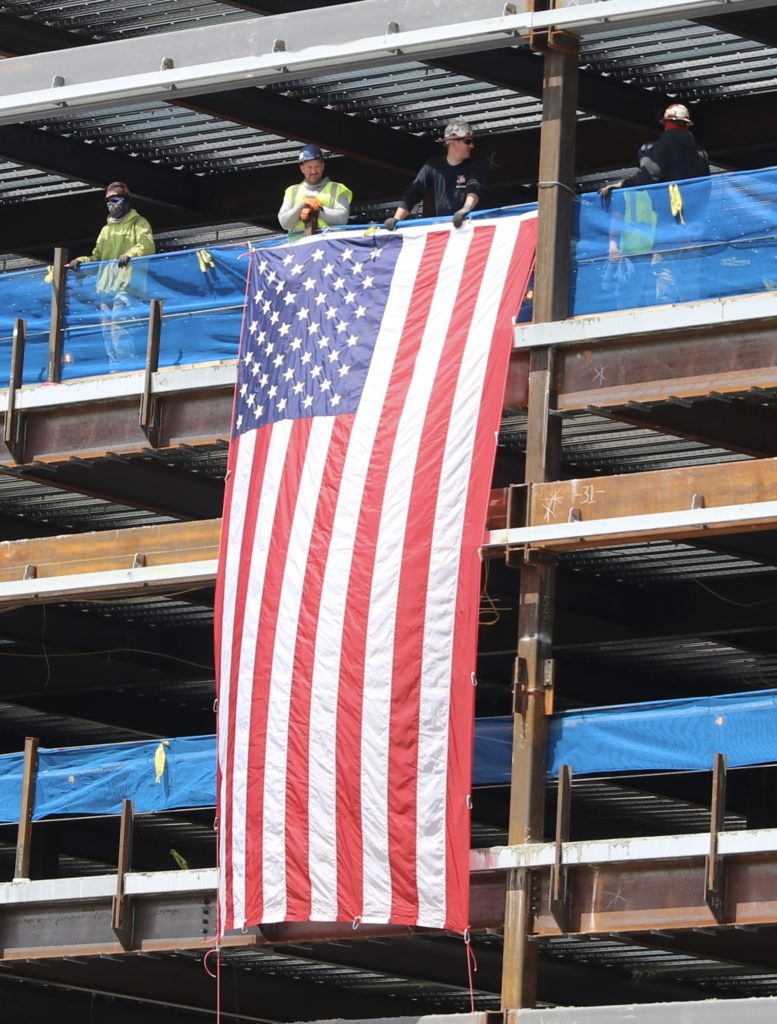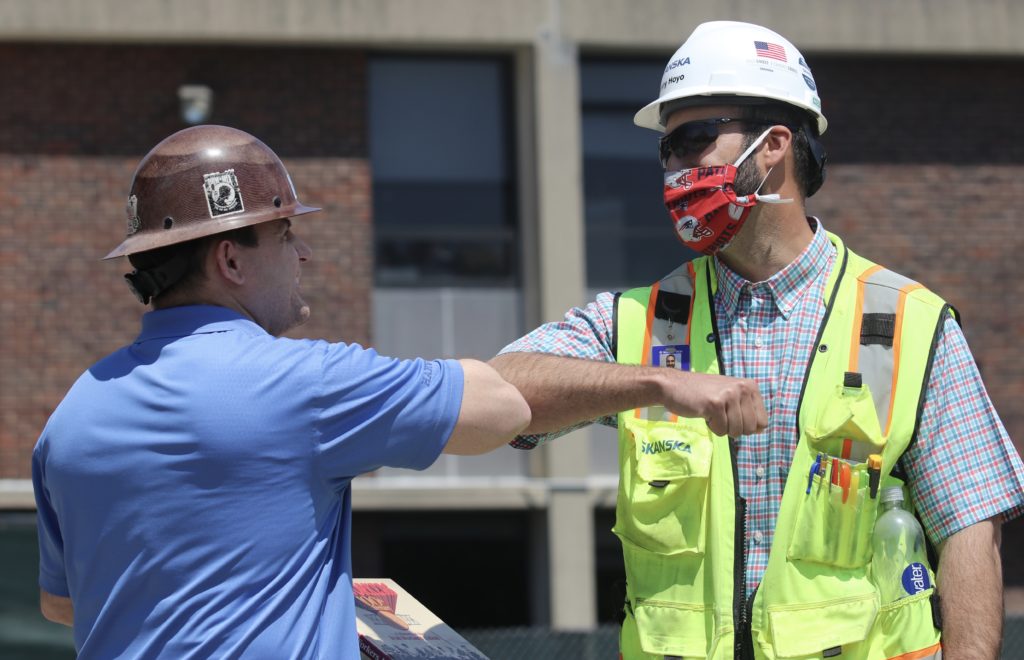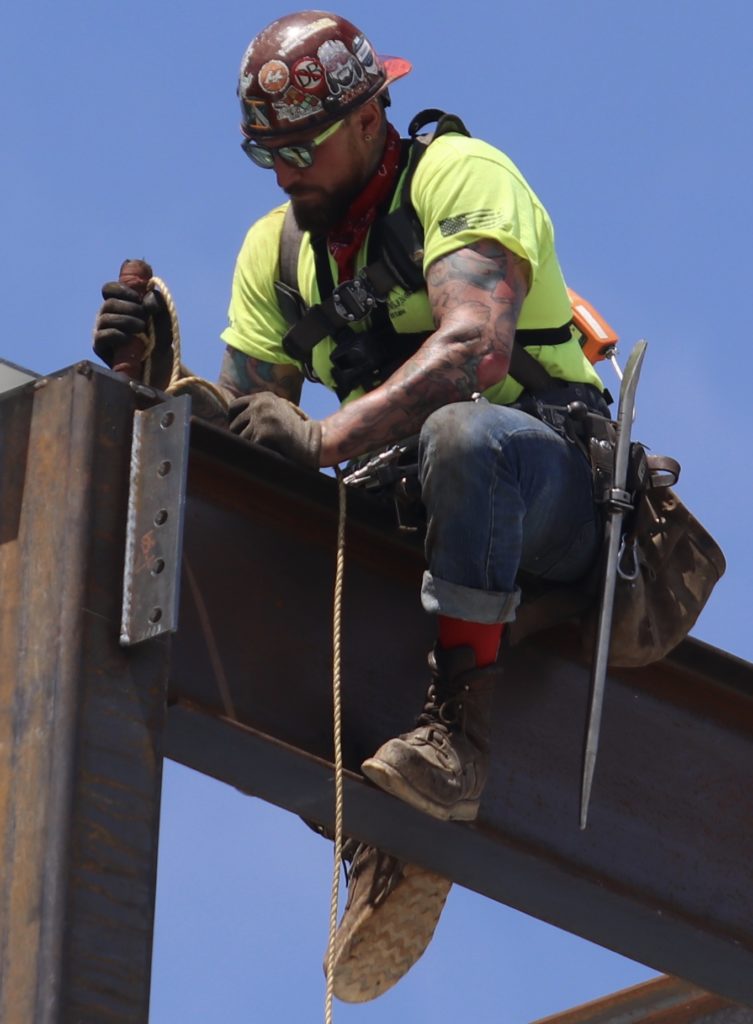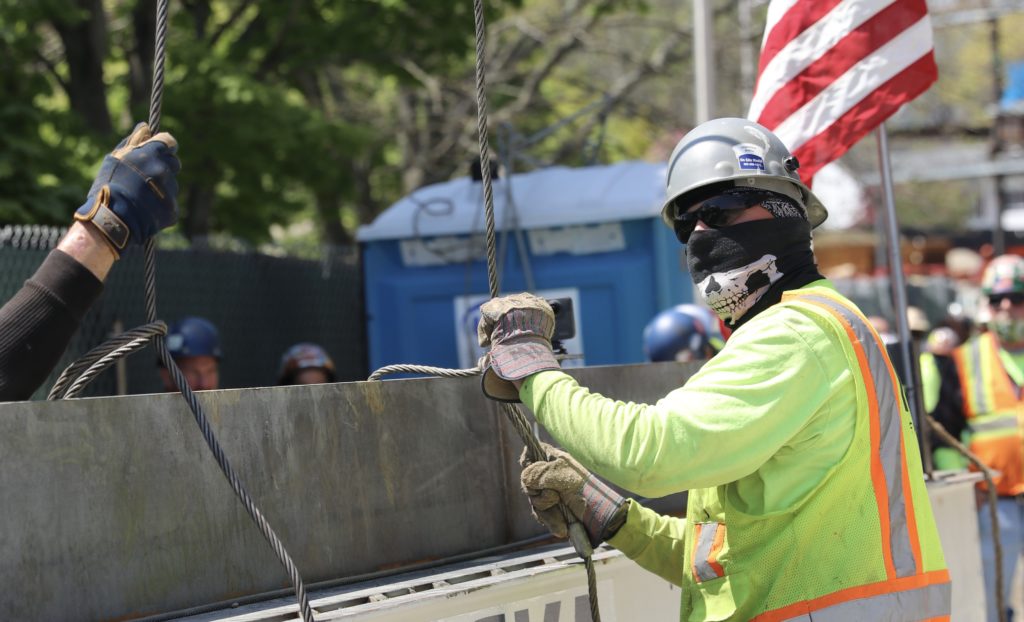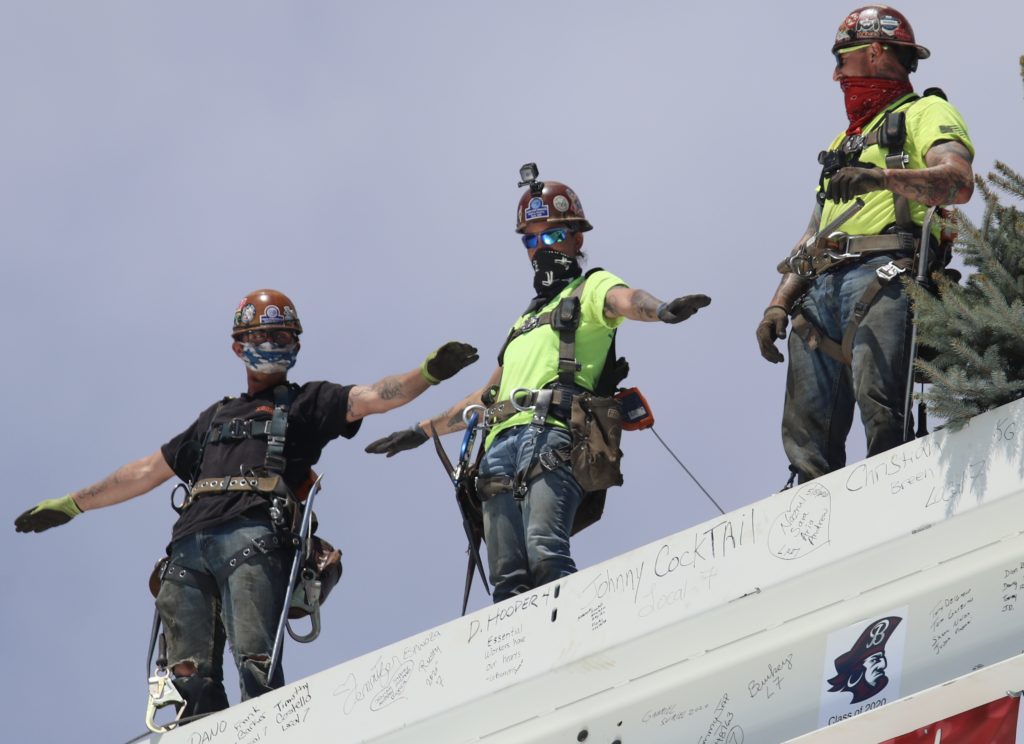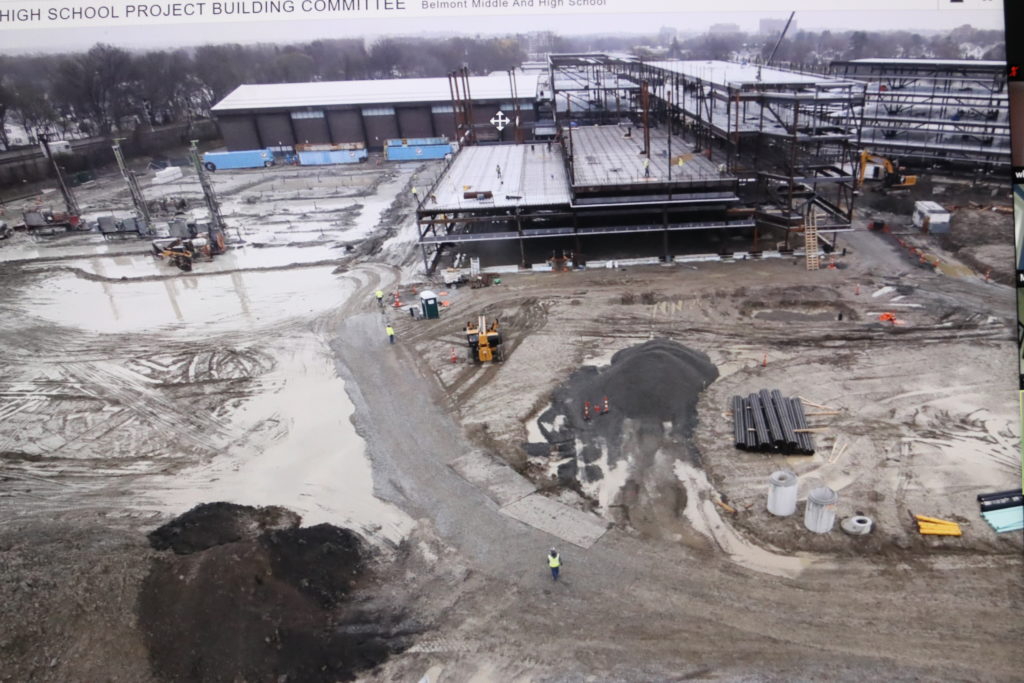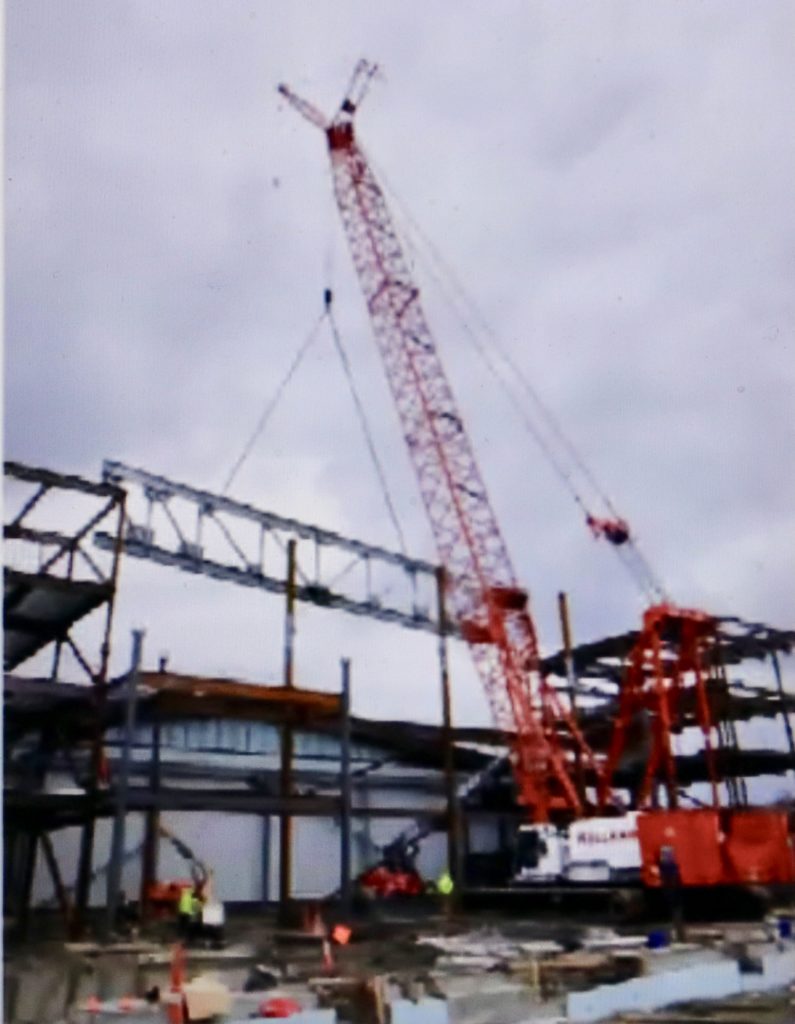Photo: Image of the new Belmont Municipal Skating Rink to be constructed by Skanska USA (credit: Galante Architectural Studio)
A familiar face along Belmont’s Concord Avenue will be sticking around for a bit longer.
On a 7-2 vote, with two members staying on the sidelines, the Municipal Skating Rink Building Committee selected the Boston office of Skanska USA to enter into contract talks to build a new $29.9 million ice skating rink and community center adjacent to Harris Field on Concord Avenue.
Ted Galante of Galante Architecture Studio in Cambridge designed the 40,300 sq. ft. structure scheduled to open in late 2025.
Skanska was chosen in 2018 as construction manager for the $295 million Belmont Middle and High School facility, which is nearing completion for the school year opening in September. As the Middle and High School Building Committee Chair Bill Lovallo told a town meeting in May, the project is being completed “on time and on budget.”
While all the committee members proclaimed that the two finalists – Skanska and Consigli Construction of Milford – could do the job, the majority came down on the side of the large international construction firm headquartered in Stockholm, Sweden.
“I read the correspondence over the best as I could, and I feel just as strong as I felt before that Skanska has the upper hand on the project,” said Committee member Dante Muzzioli, pointing to additional information requested of the finalists.
“They are the best to get to [the completion] date,” said committee member Frank French, Jr.
The two members favoring Consigli highlighted the Massachusetts company’s slight price estimate advantage and its direct one-page plan “how do we get to ice” according to William Shea. Skanska’s past relationship with the surrounding neighborhood (not the best) and a lack of diversity on its proposed team were negatives for Ann Marie Mahoney.
But for the majority of the members, Skanska has the “institutional knowledge” of working for the past five years in town as well as the ability to obtain material and necessary equipment for the running of the building in a time when backlogs continue. The company also has a permit with the MBTA to work adjacent to the authority’s commuter rail tracks.
Skanska is also familiar with building rinks, constructing the facility at Deerfield Academy, a multipurpose arena with an ice surface in Clarksville, Tenn., and several sites in Europe and Russia.
